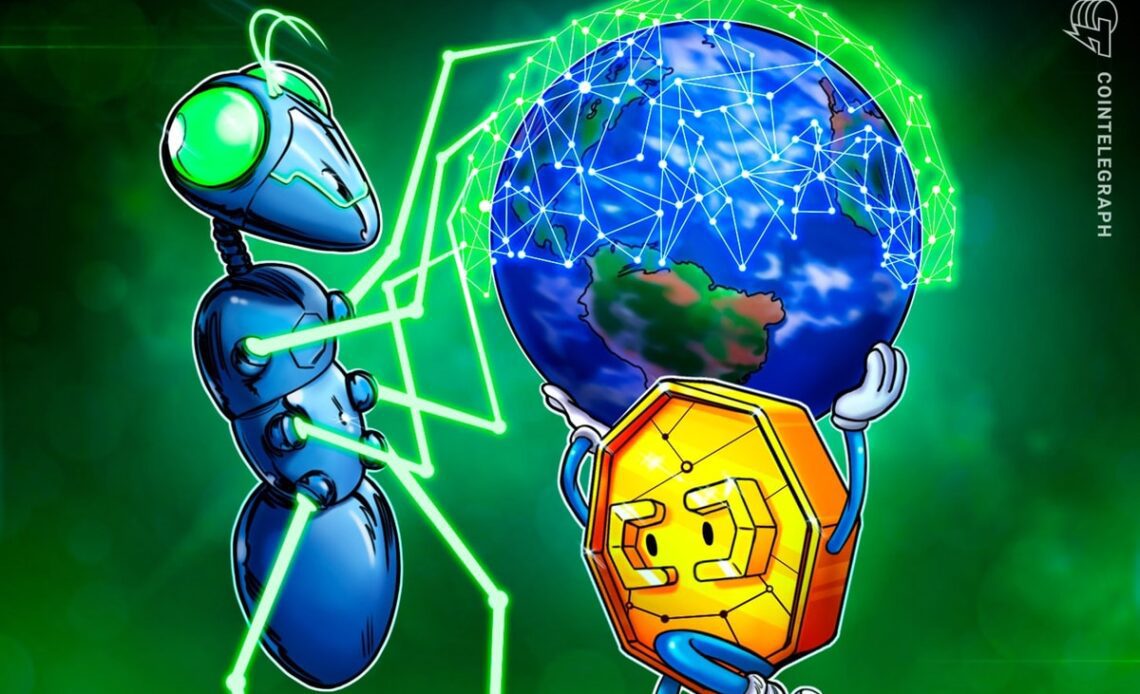2022 saw the continued advancement of green crypto projects as more industry companies focused on sustainability to reduce carbon emissions. A series of elemental forces drove the paradigm shift, including user demands for faster and more energy-efficient blockchains, growing climate change awareness among investors, and rising government concerns about energy consumption in the crypto sector.
Among the most notable eco-friendly crypto developments in 2022 was the transition of the Ethereum blockchain from a proof-of-work (PoW) to proof-of-stake (PoS) consensus layer. The Merge, completed in September, joined the original execution layer of Ethereum with its new PoS consensus layer, the Beacon Chain. It eliminated the need for energy-intensive mining by enabling the network to be secured using staked Ether (ETH). The conversion reduced the Ethereum network’s energy consumption by 99.9% immediately. Ethereum’s position as a leading programmable blockchain signaled industry-wide progression to low-carbon-emission solutions.
Mohammed AlKaff AlHashmi, the co-founder of the Islamic Coin cryptocurrency, spoke with Cointelegraph about how the sector was evolving to cater to emerging demands.
“In 2022, green projects follow three main vectors. The first is cutting their energy consumption and emissions — such as Ethereum reducing consumption by 99.9% and Polygon presenting itself as carbon-neutral. The second is ReFi — a new trend of regenerative finance that experiments with financial incentives to draw down carbon emissions.”
AlHashmi mentioned that his network had adopted a new emission-reduction model to achieve its eco-friendly objectives: “In the case of Haqq [the blockchain that issues Islamic Coin], the protocol automatically deposits 10% of the issued amount into a special Evergreen DAO, a nonprofit virtual foundation focused on long-term sustainability and community impact.”
Dimitry Mihaylov, chief scientific officer at blockchain gaming metaverse Farcana, told Cointelegraph that lowering emissions and on-chain transaction costs was good for the industry in the long term, as it would attract users, investors, and governments.
“Today, a regular banking transaction consumes an order of magnitude less electricity than a blockchain-based transaction, but we are betting on the development of more energy-efficient mining equipment and faster blockchain protocols. If successful, ‘green’ crypto projects are likely to receive strong support…
Click Here to Read the Full Original Article at Cointelegraph.com News…
























